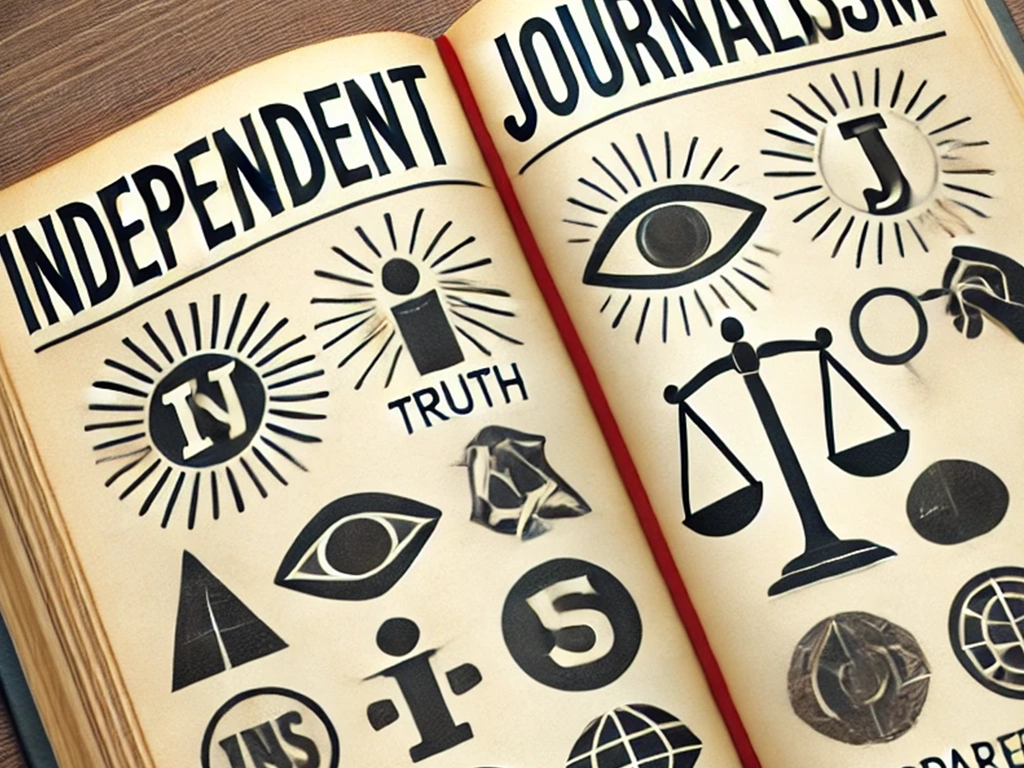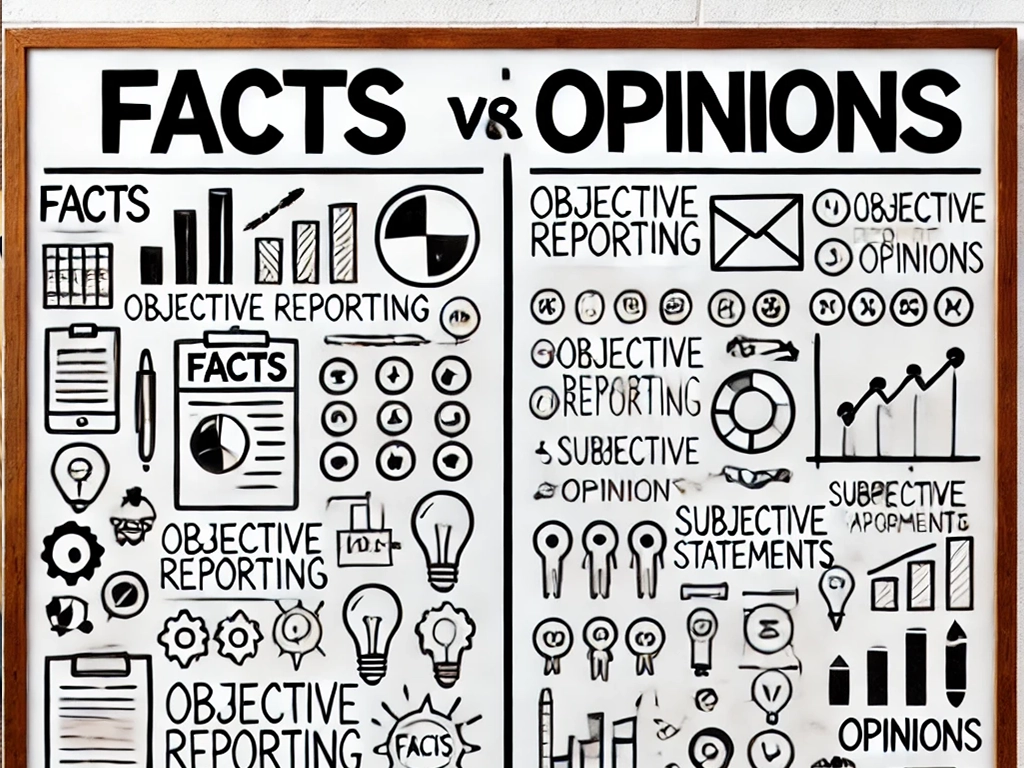In an age of rapid information flow, media professionals have a great responsibility: they must inform the public accurately, fairly and impartially. Journalism thrives on trust, and maintaining neutrality is essential to maintain that trust. For reporters, photographers and editors alike, independence is not only an ethical obligation, but also a cornerstone of credibility. The United States Press Agency® (USPA) outlines the key principles that ensure neutrality in reporting.
Why independence is important in journalism
Independent journalism is essential for democracy and social transparency. When journalists remain impartial, their work provides citizens with accurate information that helps them form an informed opinion. Bias such as bias, manipulation or hidden agendas threaten this trust and undermine the integrity of the media.
Neutral reporting is crucial for the following reasons:
- It empowers the audience to interpret facts independently of each other instead of forcing conclusions.
- It protects journalists from being influenced by political, financial or ideological pressure.
- It strengthens the credibility and public trust in the media.
When independence is threatened, public trust can quickly deteriorate, reducing the media’s ability to hold powerful institutions accountable. A single act of bias, even if unintentional, can call into question the credibility of an entire organization. For this reason, it is crucial for journalists to adhere to strict ethical standards and remain vigilant in their commitment to neutrality.
Basic principles of neutral reporting
In order to maintain neutrality and uphold journalistic ethics, media professionals should adhere to the following basic principles:
1.Separate facts from opinions

One of the most critical aspects of neutral reporting is the distinction between factual content and personal opinions. Readers rely on journalists to present verified facts without personal interpretation or emotional influence. Although commentary and analysis have their place in journalism, they should be clearly marked and separated from factual reporting.
For example, if you’re covering a political event, avoid language that subtly favors one side over the other. Instead, describe what happened, cite the key statements of everyone involved, and give readers context to draw their own conclusions. Neutral language avoids adjectives that imply judgment, leaving room for readers to decide what the facts mean to them.
2.Present multiple perspectives
Balanced reporting requires the presentation of different points of view to ensure fair representation. Journalists should actively seek alternative perspectives, especially when reporting on controversial topics. The inclusion of diverse voices shows the commitment to impartiality.
For example, if you’re covering social conflicts, you should not only interview the loudest voices, but also appeal to those whose views may be underrepresented. This approach paints a more comprehensive picture and helps readers understand the complexity of the topic. Providing a range of perspectives encourages critical thinking and prevents readers from feeling manipulated by one-sided reporting.
3.Rely on verified sources
Credibility depends on reliable sources. Journalists must confirm the authenticity of their information by cross-referencing multiple independent sources. If you cite unsubstantiated claims, rely on rumors, or repeat speculation on social media, you run the risk of spreading misinformation and damaging your reputation as a trusted reporter.
If possible, refer to primary sources such as government reports, court records, and direct interviews. Transparency about your sources creates trust among readers. In addition, verifying information from multiple independent sources reduces the risk of unknowingly spreading propaganda or biased narratives.
4.Avoid sensationalism
In the race for clicks and headlines, some media outlets resort to exaggerated language or dramatic storytelling. But serious journalism must resist this temptation. Sensationalism undermines credibility and can mislead readers.
Instead, prioritize clarity, accuracy, and moderate language. Let the facts speak for themselves, rather than relying on emotionally charged language that aims to provoke reactions. Readers are more likely to trust information that depicts events in their true complexity than in sensationalist extremes.
5.Disclosure of potential conflicts of interest

Journalists must remain transparent about any personal connections or affiliations that could influence their reporting. Whether it’s financial connections, political engagement, or relationships with sources, disclosing those connections builds your audience’s trust.
For example, if a reporter has previously worked for a company they are reporting on, this should be disclosed to avoid the impression of bias. Readers appreciate honesty, and full transparency allows them to judge for themselves whether your report remains impartial.
6.Stay away from advocacy in reporting
While advocacy journalism plays a role in the media landscape, neutral reporting requires detachment from ideological influences. As a neutral journalist, your job is to present facts – not to convince your audience to take a certain point of view.
This principle does not mean avoiding difficult topics. Journalists can – and should – report on social injustices or power imbalances. However, this should be done by presenting the facts impartially, rather than promoting a specific agenda. The facts themselves should guide the reader’s interpretation, not the reporter’s personal opinion.
7.Use balanced language
The choice of language can shape public perception, often without the audience noticing. To maintain neutrality:
- Avoid emotionally charged words that suggest bias.
- Use neutral terms instead of language that implies judgment.
- Formulate facts with careful wording to prevent unintentional influence.
For example, instead of calling a protest “violent riots,” describe it as “demonstrations where confrontations occurred.” This minimizes emotionally charged language and ensures that reporting remains neutral. Balanced language ensures that the focus is on the facts and not on the emotions of the author.
8.Avoid selective omissions

Omitting important information—intentionally or unintentionally—can distort the truth just as effectively as outright manipulation. Ethical journalists strive to include all the relevant details necessary for their audience to understand the bigger picture.
When faced with limited space, focus on prioritizing facts that contribute to a balanced narrative, rather than cherry-picking information that distorts perception. Even in concise reporting, the most relevant facts should always reflect the complexity and depth of the story.
9.Be careful with visuals
Images and videos play an important role in shaping narratives. The manipulation of images, selective editing, or misleading subtitles can dramatically affect the audience’s perception. Ethical journalists must:
- Present images in their original context.
- Avoid staging or enhancing visual content in a way that distorts the truth.
- Provide captions that provide accurate explanations and not interpretations.
Careful use of images can strengthen the authenticity of your story. However, misleading images can – even unintentionally – undermine your credibility and mislead viewers.
10.Correct errors promptly and transparently

Even the most cautious journalists make mistakes. When errors occur, quick and open correction is crucial to maintain credibility. Readers respect transparency, and admitting mistakes shows accountability.
Best practices include:
- Publish clear corrections in the same visibility as the original content.
- Explain what went wrong and how the error was fixed.
- Demonstrate commitment to accuracy through internal quality control processes.
The USPA’s Role in Promoting Ethical Journalism
As a USPA member, you’ll be part of a professional community that values integrity, accuracy, and independence. The USPA offers resources, guidelines, and workshops to help media professionals maintain high ethical standards in their work. By adhering to these principles, you will help build public trust in journalism and ensure that the media continues to be a major force for truth and accountability.
Journalism thrives on independence. By embracing these basic rules of neutrality, media professionals can uphold the values of fairness, objectivity and trust – essential qualities for effective and responsible reporting.
